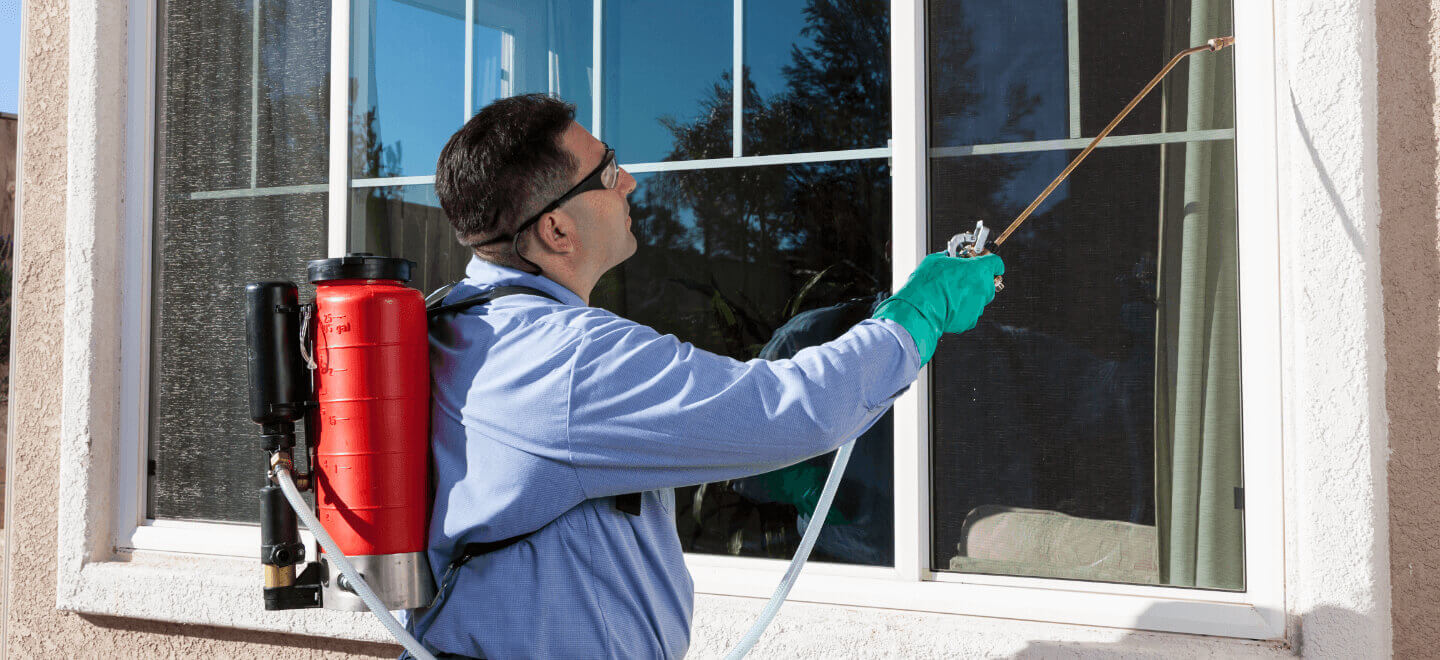Bed Insect Treatment Break Down: Contrasting Chemical Vs. Non-Chemical Solutions
In the realm of parasite control, particularly when dealing with the consistent problem of bed insects, the selection between chemical and non-chemical treatment remedies can be a critical one. Both approaches use distinctive benefits and disadvantages, influencing aspects such as performance, safety considerations, and overall price. By analyzing the nuanced information of each approach, a more clear understanding of which path to go after in resolving a bed bug invasion can be attained.
Efficiency of Chemical Therapies
Chemical therapies for bed bug problems have been commonly acknowledged for their rapid and potent efficiency in getting rid of these parasites. When considering the performance of chemical treatments, it is crucial to comprehend that they can give a comprehensive and fast option to a bed bug trouble.
In addition, chemical treatments have the advantage of supplying recurring effects, meaning that they can remain to eliminate bed pests even after the first application. This residual activity is especially beneficial in combating any prospective re-infestations. In addition, the fast activity of chemical treatments can bring alleviation to individuals encountering serious bed bug problems, enabling them to regain control of their home rapidly.
Safety And Security Worry About Chemical Solutions
One essential aspect that calls for cautious factor to consider when utilizing chemical options for bed bug therapy is making sure the security of occupants and the environment. While chemical therapies can be efficient in eliminating bed pests, they might position dangers if not taken care of correctly. Among the key security interest in chemical services is the possible harm they can create to human wellness. Direct exposure to particular chemicals made use of in bed bug therapies can bring about breathing issues, skin inflammation, or other adverse responses, especially in people with pre-existing conditions or level of sensitivities. In addition, incorrect application or dose of chemical pesticides can result in toxic residues lingering in the treated area, posing lasting health and wellness dangers to residents.
In addition, the environmental influence of chemical solutions is another considerable factor to consider. Some pesticides made use of in bed pest therapies may be unsafe to valuable pests, wild animals, and environments if they seep into the soil or water systems. It is essential to utilize chemical therapies judiciously, complying with safety guidelines, and considering less poisonous alternatives to minimize these dangers and ensure the safe and effective administration of bed pest infestations.
Advantages of Non-Chemical Approaches
Taking into consideration the possible safety concerns and ecological influence related to chemical services for bed insect treatment, checking out non-chemical strategies presents a promising option with numerous unique advantages. Non-chemical methods supply a safer option for families, specifically those with pets, individuals, or children delicate to rough chemicals. These strategies eliminate the risks of exposure to toxic substances, decreasing the potential for unfavorable health and wellness impacts. In addition, non-chemical therapies are eco-friendly, as they do not add to air or water contamination, making them a lasting selection for parasite control.
Additionally, non-chemical options can be efficient in targeting bed bugs, including hard-to-reach areas where chemical therapies might not permeate. Methods such as warmth therapy, vacuuming, heavy steam cleansing, and bed mattress coverings offer detailed eradication without the usage of dangerous chemicals. anchor Additionally, non-chemical methods can be much less disruptive, calling for minimal prep work and enabling quicker reentry right into treated locations. Overall, choosing non-chemical bed bug therapy methods not only focuses on safety and environmental management yet likewise guarantees effective and comprehensive pest control.
Limitations of Non-Chemical Treatments

In addition, non-chemical treatments often call for multiple applications to achieve effective eradication. This can be lengthy and might not constantly ensure total removal of all bed bugs and their eggs, especially in concealed or hard-to-reach areas.
Additionally, the success of non-chemical therapies greatly relies upon appropriate execution and thoroughness, which can be challenging for individuals without expert experience. Poor application of non-chemical methods may lead to insufficient eradication, resulting in persistent infestations and the need for extra treatments.
Consequently, while non-chemical treatments have their benefits, it is vital to acknowledge these restrictions and consider them when identifying one of the most effective method for taking care of bed pest problems.
Price Contrast: Chemical Vs. Non-Chemical Options
Given the restrictions linked with non-chemical treatments, a necessary aspect to assess in the context of bed bug monitoring is the price contrast in between chemical and non-chemical alternatives. In comparison, non-chemical therapies like warm therapy or steam can be more costly, with expenses ranging from $1,000 to $6,000 for a whole home. While the initial price of chemical therapies might appear lower, several treatments may be needed to fully remove the invasion, possibly increasing the general price.
Conclusion

Thinking about the possible security problems and environmental impact associated with chemical options for bed bug therapy, checking out non-chemical approaches provides a promising option with numerous distinctive benefits.Offered the constraints linked with non-chemical therapies, a vital element to examine in the context of bed bug administration is the price contrast in between chemical and non-chemical options. In comparison, non-chemical therapies like heat treatment or heavy steam can be extra expensive, with expenses varying from you could try here $1,000 to $6,000 for a whole home. While the initial price of chemical therapies might seem lower, several therapies might be called for to fully remove the infestation, possibly increasing the overall cost.In final thought, when comparing chemical and non-chemical bed pest therapy options, it is essential to take into consideration effectiveness, safety and security, benefits, constraints, and cost.